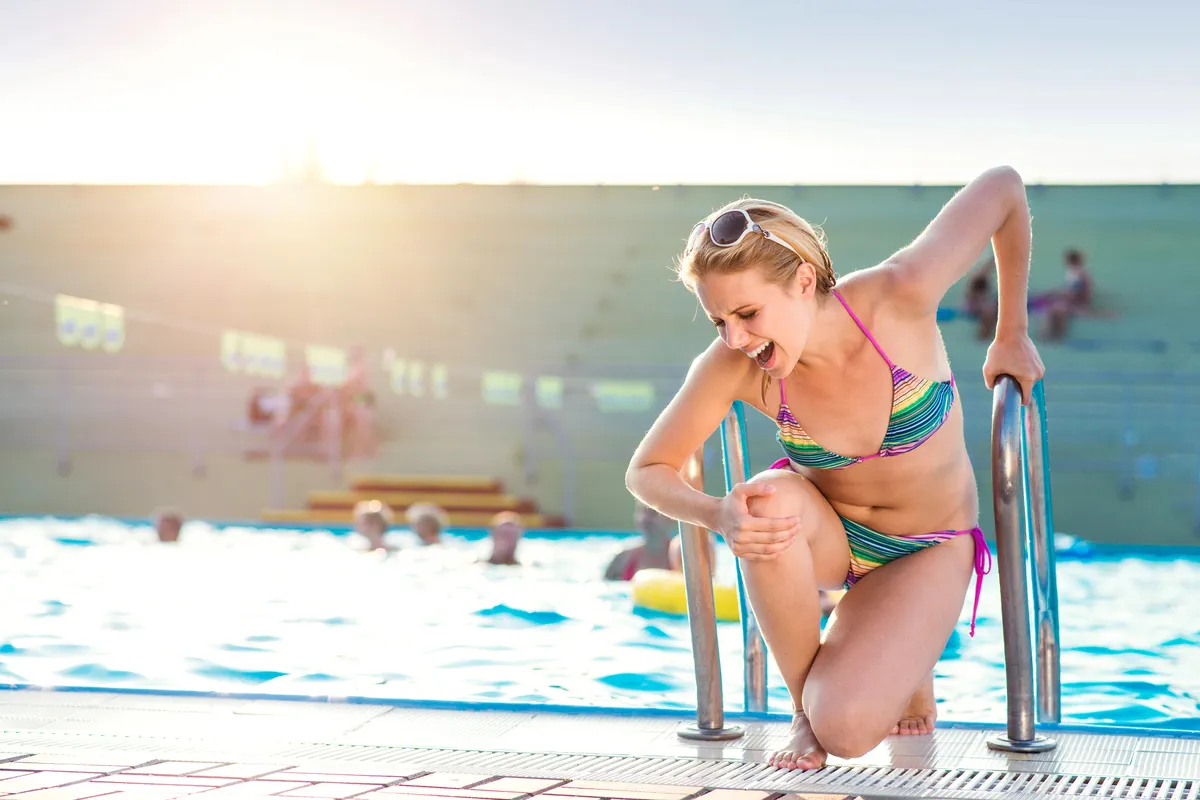Swimming pools are popular places for recreation, especially on warm days, offering relaxation and enjoyment for both children and adults. However, the use of swimming pools carries some risk of accidents and hygiene hazards. Understanding safety and hygiene is key to ensuring a safe and healthy experience for all users.
Basic swimming pool safety rules
Pool safety is a priority to avoid accidents and ensure an enjoyable and safe experience for all users. Here are some basic rules to follow:
Supervision and care
Supervision should always be provided for children and non-swimmers. Caregivers should be present and alert to respond quickly in an emergency. Swimming pool lifeguards also play a key role in monitoring safety and intervening when necessary.
Knowledge of rules and regulations
All pool users should be familiar with and comply with the rules and regulations in force. This includes the prohibition of running around the pool, jumping into the water in places not intended for this purpose and the use of appropriate swimming equipment. These rules are designed to minimise the risk of accidents and ensure order.
Safe use of the swimming pool
Make sure everyone using the pool knows how to get in and out of the water safely, use the ladders and steps. Also remember to use sunscreen and wear appropriate swimwear. It is also a good idea to pay attention to the water depth markings and avoid jumping into the shallow part of the pool.
Adhering to these basic safety rules can significantly reduce the risk of accidents in the pool and ensure a safe and enjoyable swimming and relaxing environment for all users.
The most common causes of swimming pool accidents
Pool accidents often result from slips on slippery surfaces around the pool. Running on wet surfaces can lead to serious injuries such as fractures and bruises. Supervision of children and non-swimmers is key, as lack of care can lead to dangerous situations.
Jumping into the water in the wrong places, especially in shallow parts of the pool, can result in serious head and spinal injuries. Improper use of pool equipment, such as slides and trampolines, is also a risk. Exhaustion and inadequate physical preparation can lead to muscle cramps and weakness, increasing the risk of drowning. Those who cannot swim well should avoid deep water and use safety equipment.
How to avoid slips and falls around the pool and safely use the pool attractions
Safety around the pool and responsible use of its attractions are key to preventing accidents. To avoid slips and falls, always walk rather than run around the pool. Wet surfaces are slippery, so being careful and wearing non-slip footwear can significantly reduce the risk of accidents.
When using pool attractions such as slides or trampolines, it is important to follow instructions and age or height restrictions. Jumping into the water should only be done in designated areas and with proper technique to avoid injury. Slides should be used as intended, for example sliding while sitting rather than standing.
When using the pool attractions, avoid crowding, which can lead to collisions and accidents. Regular rest breaks, especially for children and the elderly, help to avoid exhaustion. Paying attention to the technical condition of the attractions and reporting damage to the pool staff ensures safe use for all users. Following these rules allows you to use the pool safely and enjoyably.
Personal hygiene rules before entering the pool
Following the rules of personal hygiene before entering the pool is key to ensuring the cleanliness of the water and the health of all users. First and foremost, everyone should wash thoroughly in the shower before entering the pool. Showering helps remove sweat, cosmetics, dirt and bacteria that can contaminate the water. It is also important to wash your feet to avoid introducing dirt from the pavements and pool beaches.
People with open wounds, cuts or skin infections should avoid using the pool as they can carry bacteria and viruses into the water. It is also important that people with diarrhoea do not use the pool as this can lead to serious contamination and health risks for other users. Wearing appropriate swimwear that is clean and only for use in the pool also contributes to maintaining hygiene.
How to keep swimming pool water clean
Maintaining the purity of pool water is crucial to the health and safety of all users. Regular monitoring and maintenance of adequate chlorine and pH levels in the water is fundamental. Chlorine helps to eliminate bacteria, viruses and other pathogens that may be present in the water. Maintaining the correct pH level prevents skin and eye irritation and ensures that chlorine is effective.
Pool filters should be cleaned and maintained regularly to remove physical debris such as leaves, insects and other small debris. Regular vacuuming of the pool bottom and cleaning of the pool walls prevents the build-up of sediment and algae. In addition, water circulation systems must work efficiently to ensure that chemicals are evenly distributed and the water is kept clean.
Pool users also play an important role in keeping the water clean. Following personal hygiene rules, such as washing yourself before entering the pool and avoiding the introduction of contaminants, is key. It is also important not to consume food or drinks near the pool, as these can introduce additional contaminants into the water.
Looking after the cleanliness of pool water requires the cooperation of both pool staff and users. Regular monitoring of water quality, proper use of chemicals and adherence to personal hygiene are essential to maintaining a safe and enjoyable swimming environment.

